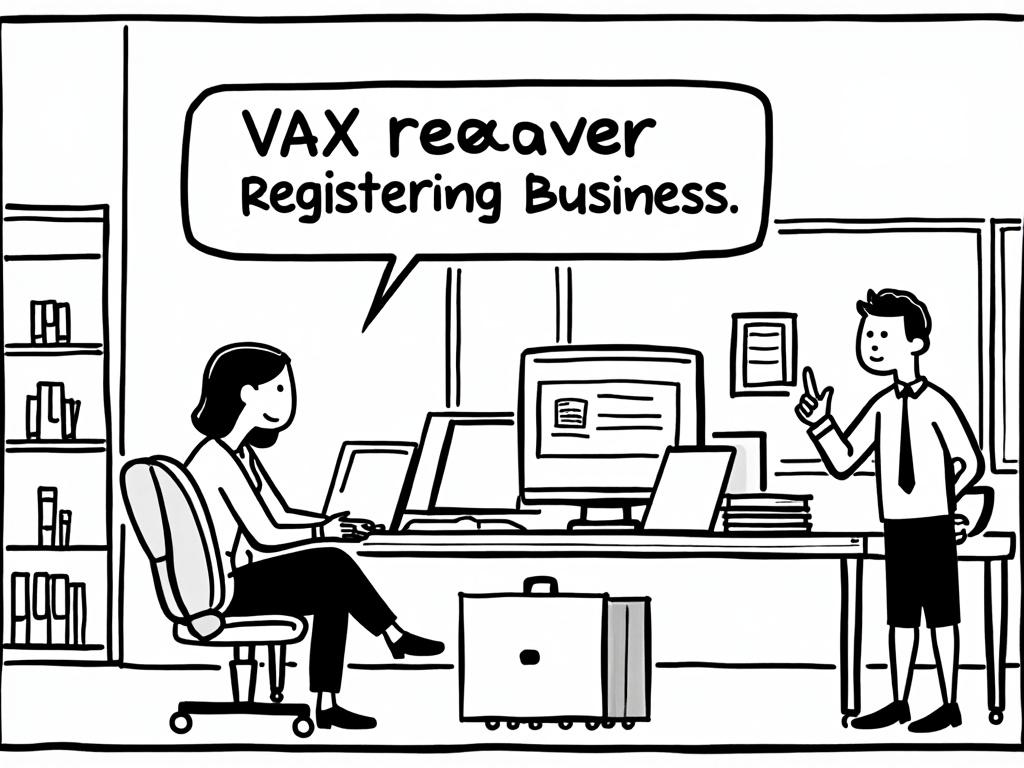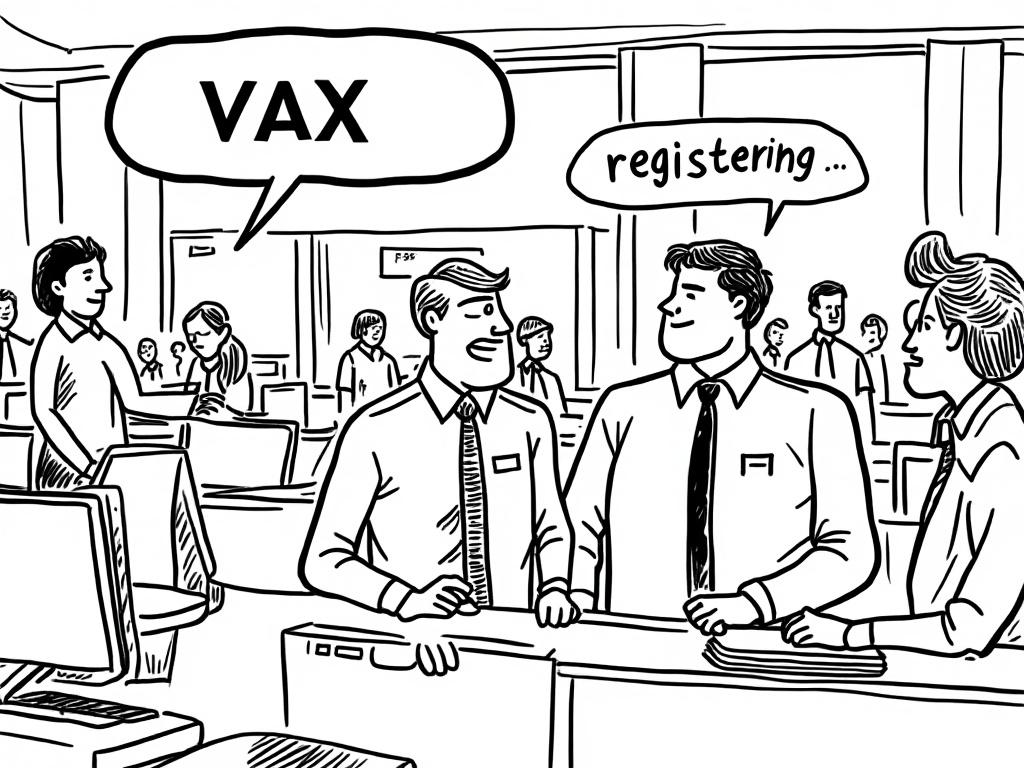
VAT Registration for New Companies in the UAE: Your Complete Strategic Guide
Reading time: 12 minutes
Table of Contents
- Understanding VAT in the UAE Landscape
- VAT Registration Thresholds and Strategic Timing
- Mandatory vs. Voluntary Registration: Making the Right Choice
- Essential Documentation and Requirements
- Step-by-Step Registration Process
- Post-Registration Compliance Framework
- Common Pitfalls and How to Avoid Them
- Your Strategic Implementation Roadmap
- Frequently Asked Questions
Understanding VAT in the UAE Landscape
Ever wondered why VAT registration feels like navigating a complex maze? You’re not alone. The UAE’s VAT system, introduced in 2018, represents more than just another tax obligation—it’s a strategic business consideration that can significantly impact your company’s cash flow and operational efficiency.
**Here’s the straight talk:** VAT registration isn’t just about compliance—it’s about positioning your business for sustainable growth while maintaining financial transparency.
Value Added Tax in the UAE operates at a standard rate of 5%, making it one of the most competitive VAT rates globally. However, the simplicity of the rate masks the complexity of registration requirements and ongoing compliance obligations that new businesses must navigate.
The Strategic Business Impact
Consider this scenario: A Dubai-based e-commerce startup projects AED 400,000 in annual revenue. Without proper VAT registration timing, they could face:
– Penalties of up to AED 20,000 for late registration
– Loss of input tax recovery opportunities worth thousands of dirhams
– Potential audit scrutiny that disrupts business operations
The Federal Tax Authority (FTA) has processed over 400,000 VAT registrations since implementation, with approximately 15% of new registrations coming from companies established within their first year of operation.
VAT Registration Thresholds and Strategic Timing
Understanding when to register requires more than knowing the basic thresholds. Smart entrepreneurs approach VAT registration as a strategic business decision that affects cash flow, pricing strategies, and competitive positioning.
Mandatory Registration Triggers
**The AED 375,000 threshold** isn’t just a number—it’s your business growth indicator. Companies must register within 30 days of exceeding this annual threshold, but here’s what most miss: the calculation includes all taxable supplies, not just cash received.
**Quick Scenario:** A construction company signs a AED 500,000 contract in January but receives payments throughout the year. Their VAT registration obligation begins when the contract value pushes their annual projection above AED 375,000, regardless of payment timing.
Voluntary Registration Benefits
Businesses generating between AED 187,500 and AED 375,000 can opt for voluntary registration. This strategic choice offers:
– **Input tax recovery:** Claim VAT on business expenses and purchases
– **Professional credibility:** VAT-registered status enhances business reputation
– **Supply chain advantages:** Many larger companies prefer VAT-registered suppliers
VAT Registration Decision Matrix
Mandatory vs. Voluntary Registration: Making the Right Choice
The decision between mandatory and voluntary registration often determines your business’s financial trajectory for the first several years. Let’s examine the strategic implications through real-world examples.
Case Study: Tech Startup Success
**InnovateTech Dubai** registered voluntarily at AED 200,000 projected revenue. Their strategic benefits included:
– Recovered AED 25,000 in input VAT from equipment purchases
– Secured three major corporate clients who required VAT-registered suppliers
– Positioned themselves competitively for government tenders
**The lesson?** Voluntary registration can be a growth catalyst when aligned with business strategy.
Comparative Analysis: Registration Timing Impact
| Registration Type | Timeline | Cash Flow Impact | Strategic Advantage |
|---|---|---|---|
| Early Voluntary | Before AED 187,500 | Input tax recovery | Market positioning |
| Strategic Voluntary | AED 187,500-375,000 | Balanced approach | Compliance preparation |
| Mandatory | Above AED 375,000 | VAT collection burden | Legal compliance |
| Late Registration | After 30-day deadline | Penalties and interest | Reputation risk |
Essential Documentation and Requirements
Successful VAT registration depends on meticulous documentation preparation. The FTA’s approval process typically takes 20-30 business days, but incomplete applications can extend this significantly.
Core Documentation Checklist
**Business Registration Documents:**
– Valid UAE trade license (must be active and renewed)
– Memorandum and Articles of Association
– Commercial registration certificate
– Business activity classification codes
**Identity and Authorization:**
– Emirates ID for business owner/authorized signatory
– Passport copies for non-UAE nationals
– Power of attorney (if applicable)
– Board resolution for corporate entities
**Financial Information:**
– UAE bank account statements (minimum 3 months)
– Estimated annual revenue projections
– Business plan with financial forecasts
– Proof of business premises (tenancy contract or ownership deed)
Pro Tip: Documentation Strategy
Well, here’s what successful applicants do differently: They prepare comprehensive financial projections that demonstrate business viability and VAT liability calculations. The FTA appreciates detailed, professional submissions that show serious business intent.
Step-by-Step Registration Process
Ready to transform the complex registration process into a strategic advantage? Let’s break down the essential steps that separate successful applications from delayed rejections.
Phase 1: Preparation and Account Setup
**1. FTA Portal Registration**
– Visit the Federal Tax Authority website (tax.gov.ae)
– Create a business account using your trade license details
– Verify your email and mobile number through OTP
**2. System Familiarization**
– Navigate the EmaraTax portal interface
– Download and review all required forms
– Understand submission requirements and deadlines
Phase 2: Application Completion
**3. VAT Registration Form**
– Complete Form VAT-001 with precision
– Ensure all business activities are correctly classified
– Double-check financial projections and calculations
**4. Document Upload**
– Scan all documents in PDF format (maximum 2MB each)
– Ensure clear, readable quality
– Organize files with descriptive naming conventions
Phase 3: Submission and Follow-up
**5. Application Review**
– Submit complete application package
– Receive acknowledgment receipt with reference number
– Monitor application status through the portal
**Quick Scenario:** A retail company in Abu Dhabi submitted their application on Monday and received approval within 18 business days because they followed this systematic approach and provided all required documentation upfront.
Post-Registration Compliance Framework
VAT registration marks the beginning, not the end, of your compliance journey. Understanding ongoing obligations prevents costly penalties and maintains good standing with the FTA.
Record Keeping Requirements
**Mandatory Documentation:**
– All VAT invoices issued and received
– Credit and debit notes
– Import and export documentation
– Bank statements and payment records
– VAT return supporting calculations
**Digital Record Standards:**
The FTA requires businesses to maintain digital records for 5 years. Cloud-based accounting systems like Zoho Books, Tally, or SAP are widely accepted and provide audit trails.
VAT Return Filing Obligations
**Quarterly Returns (Most Common):**
– Due within 28 days of period end
– Electronic filing through EmaraTax portal
– Payment due with return submission
**Annual Returns (Eligible Businesses):**
– Available for businesses with annual taxable supplies under AED 150 million
– Must apply for annual filing approval
– Due within 3 months of financial year-end
Common Pitfalls and How to Avoid Them
Learning from others’ mistakes can save your business thousands of dirhams and countless hours of administrative headaches. Here are the most frequent challenges new businesses face:
Challenge 1: Threshold Miscalculation
**The Problem:** Many businesses calculate thresholds based on cash received rather than supplies made, leading to late registration penalties.
**The Solution:** Track contract values and committed supplies, not just payments received. Use accrual-based accounting for threshold calculations.
**Real Example:** A consultancy firm signed contracts worth AED 400,000 in Q1 but scheduled payments throughout the year. They correctly registered immediately based on contracted amounts, avoiding a AED 15,000 penalty.
Challenge 2: Input Tax Recovery Confusion
**The Problem:** New businesses often miss input tax recovery opportunities or claim ineligible expenses.
**The Solution:**
– Understand the difference between business and personal expenses
– Maintain proper VAT invoices for all claims
– Implement robust expense categorization systems
Challenge 3: Invoice Compliance Failures
**Critical Requirements for VAT Invoices:**
– Sequential numbering system
– Supplier’s VAT registration number
– Customer’s VAT registration number (if applicable)
– Clear description of goods/services
– VAT amount clearly stated
Your Strategic Implementation Roadmap
The journey to successful VAT registration and compliance doesn’t end with certificate issuance—it evolves into a strategic business advantage when properly managed. Here’s your actionable roadmap for the next 90 days:
**Immediate Actions (Week 1-2):**
• Assess your current revenue projections and determine registration urgency
• Gather all required documentation and organize digital copies
• Set up robust accounting systems that can handle VAT compliance
• Identify a qualified tax advisor or consultant for ongoing support
**Foundation Building (Week 3-6):**
• Submit your VAT registration application with complete documentation
• Implement invoice management systems that meet FTA requirements
• Train your team on VAT compliance procedures and record-keeping
• Establish quarterly review processes for threshold monitoring
**Optimization Phase (Week 7-12):**
• Monitor registration approval status and prepare for first VAT return
• Develop relationships with VAT-registered suppliers for input tax benefits
• Create compliance checklists and automated reminders for return filing
• Evaluate the impact of VAT registration on your pricing strategy and customer communications
As the UAE continues to strengthen its position as a global business hub, VAT compliance becomes not just a legal requirement but a competitive differentiator. Companies that master VAT registration and compliance early position themselves for sustainable growth and enhanced credibility in the marketplace.
**Your next strategic decision:** Will you view VAT registration as a compliance burden or as an opportunity to professionalize your business operations and unlock new growth possibilities? The choice you make today will influence your business trajectory for years to come.
Frequently Asked Questions
Can I register for VAT before starting business operations in the UAE?
Yes, you can register for VAT before commencing business activities, but you must have a valid UAE trade license and demonstrate genuine business intent. This proactive approach is particularly beneficial for businesses expecting to exceed the mandatory threshold quickly or those targeting B2B clients who prefer VAT-registered suppliers. However, ensure you’re prepared for immediate compliance obligations once registered.
What happens if I exceed the AED 375,000 threshold but delay registration?
Late registration triggers significant penalties including fines of up to AED 20,000, plus 5% interest on any unpaid VAT amounts. The FTA takes threshold breaches seriously and may impose additional scrutiny on your business. You must register within 30 days of exceeding the threshold and account for VAT on all supplies from the date you should have registered, not from your actual registration date.
How does VAT registration affect my business pricing and customer relationships?
VAT registration requires you to charge 5% VAT on taxable supplies, which impacts your pricing strategy. B2B customers can typically recover this VAT as input tax, making the impact neutral for them. However, B2C customers bear the full cost, requiring careful communication about price changes. Many businesses use registration as an opportunity to review and optimize their pricing structures while positioning themselves as more professional and credible suppliers.

Article reviewed by Emma van der Berg, Sustainability Analyst | Researching Green Energy Projects, on June 17, 2025
